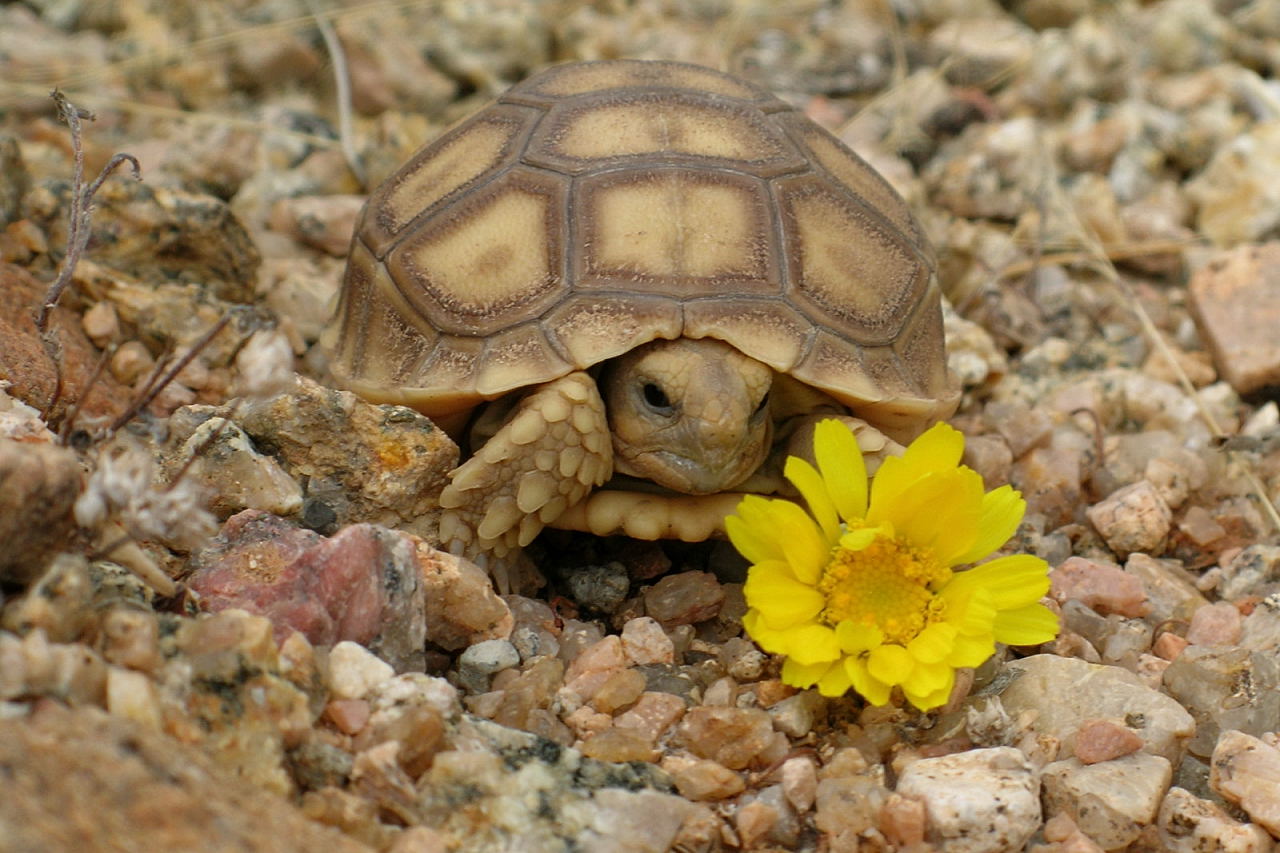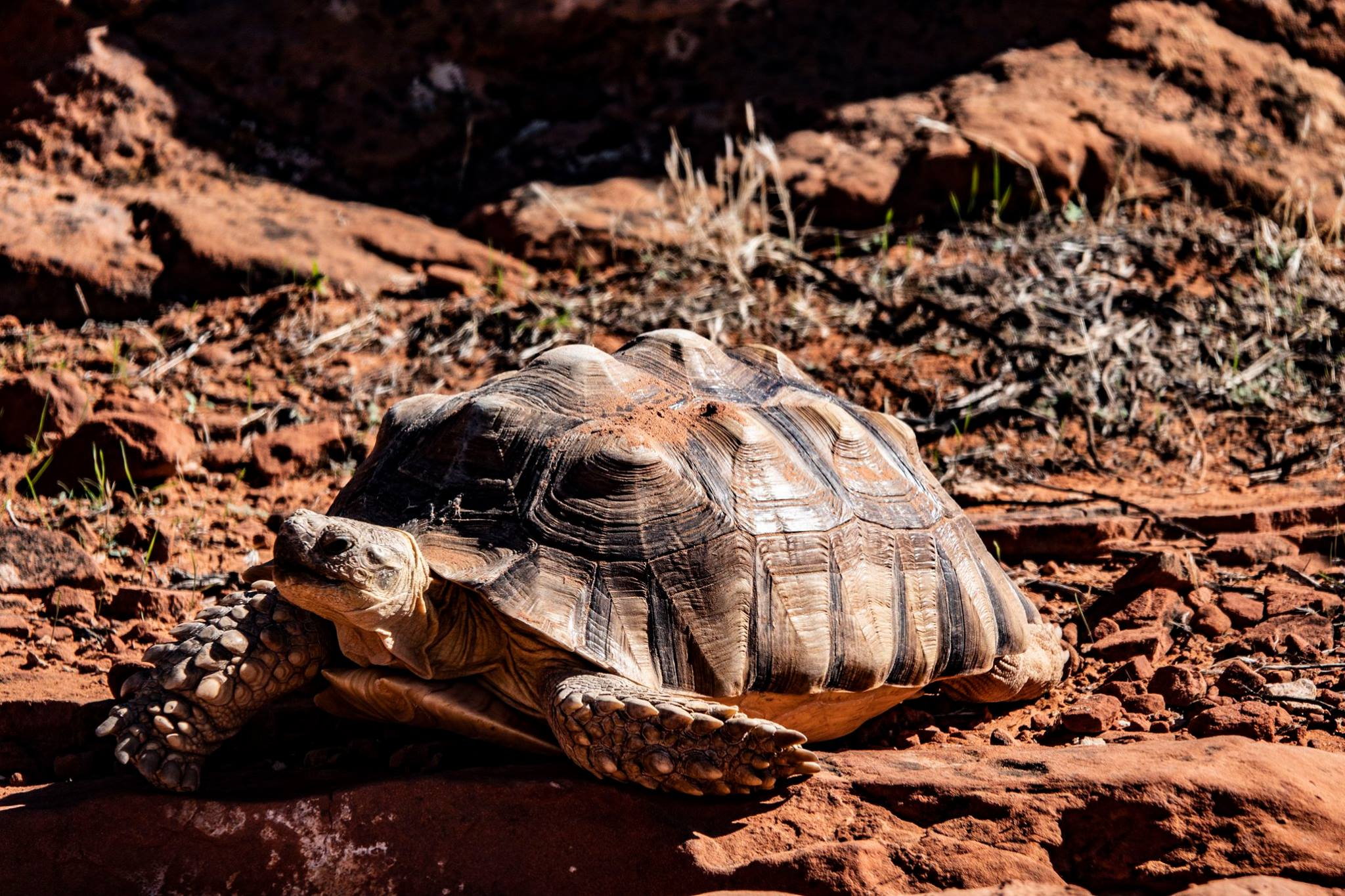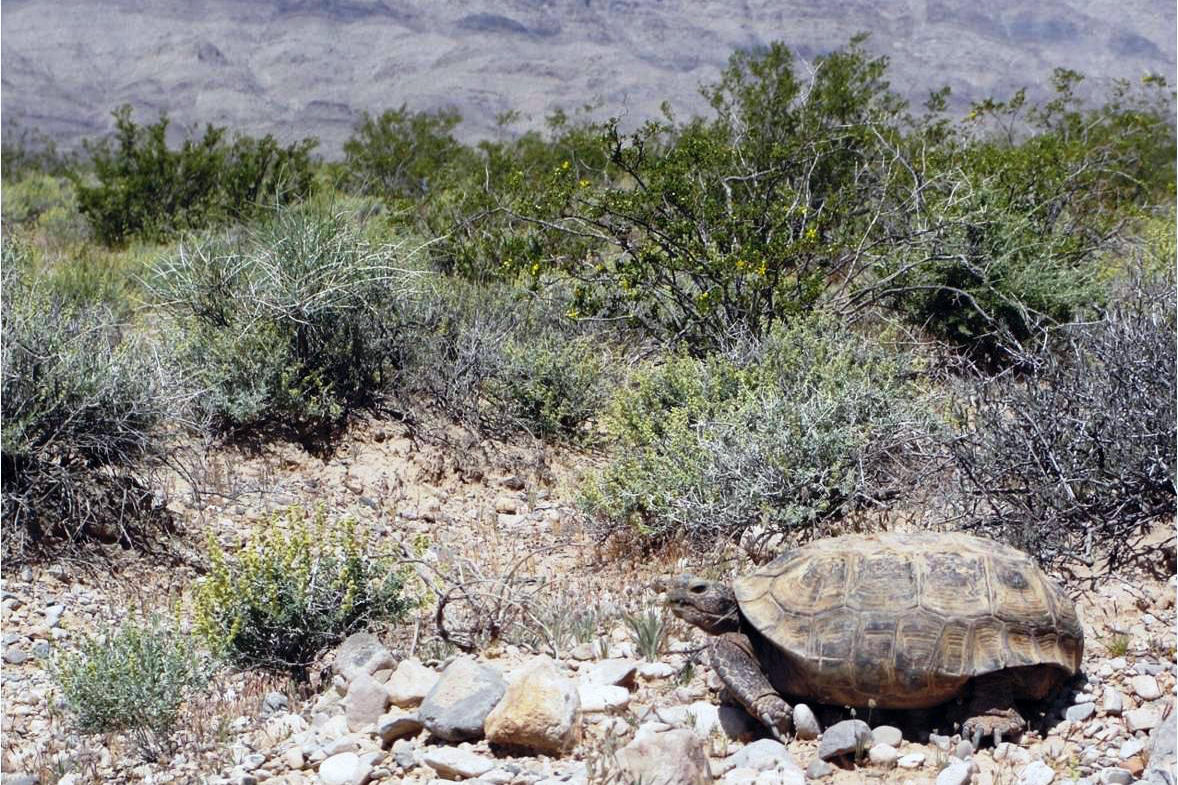
Desert Tortoise – Housing, Basic Requirements & Hibernation
Desert tortoise pets are scientifically known as Xerobates agassizii. Desert tortoise is a medium-sized tortoise and grows up to the size of 9-15 inches. Desert tortoises are known to live a long life of about 60 to 80 years
Contents
Desert Tortoise housing
- A large glass aquarium will do for housing the hatchling
- The floor should be covered with newspaper, paper towels rabbit or guinea pig pellets or garden dirt
- Hatchlings should not be placed with adults to prevent any injury

Outdoor housing for tortoises
- Outdoor housing is preferred over the indoor one. Many keepers construct an artificial burrow for their desert tortoise pets to mimic their natural environment
- It should be predator proof and should be considered as an option during warm weather
- They like to burrow and hence the perimeter should have sides extending well below the soil surface
Indoor housing for tortoises
- This is mostly done for hatchlings
- Desert tortoises are not available outside its natural habitat legally hence it can be kept in the available natural environment
- The indoor enclosure is necessary only in the case where outdoor housings are not predator-free or environmentally unsuitable
- Turtle table of 2 feet by 4 feet can be used as indoor housing for the desert tortoise
- Holes can be made at the bottom to allow sinking of food
- Water area should allow the tortoise to soak itself without the danger of drowning
Heat and light requirements
- A spot lamp of 100 aw should be placed in the tortoise housing for basking purpose
- It should be able to provide a basking temperature of 90F
- The housing should also have a full spectrum fluorescent light to provide for UVB source that facilitates the synthesis of Vit D3
- The housing should not have cold weather with wet conditions as it will result in respiratory distress
Hibernation
- Desert tortoises hibernate during late October as the days become cooler
- It will eat less, bask less and appear sluggish. These are the signs of hibernation
- You will have to provide your pet tortoise with a suitable hibernation place
- It should be well fed and look plump with nice stout legs and shoulders before hibernating or else it may not survive the winter
- You should regularly check by touching the feet of your pet during hibernation
- During March or April, your pet should waken and resume its normal activity of eating, exercising and sunbathing

Substrate
- The dry portion of the housing should have grass hay or orchard grass hay as a substrate
- Desert tortoises are very sensitive to excess humidity and hay protects it as it does not hold humidity
- Grass also provides supplementary food when it is nibbled
- Wet or spoiled hay should be removed immediately
Tortoise food
- Tortoise food should have high fiber content, low protein and should be calcium-rich
- It should include:
- Cacti
- Grasses
- Assorted weeds
- Leafy greens like dandelions, endive, and grape leaves
- Calcium supplementation is also important and food can be sprinkled with calcium powder
- Cuttlefish bone can be given to nibble
- Regular supplementation of vitamins and minerals is also encouraged
You should check the laws before having a desert tortoise pet. You can have a hatchling from a breeding captive animal. This article on desert tortoise pet informs you about the tortoise housing, tortoise food, and other tortoise care.
